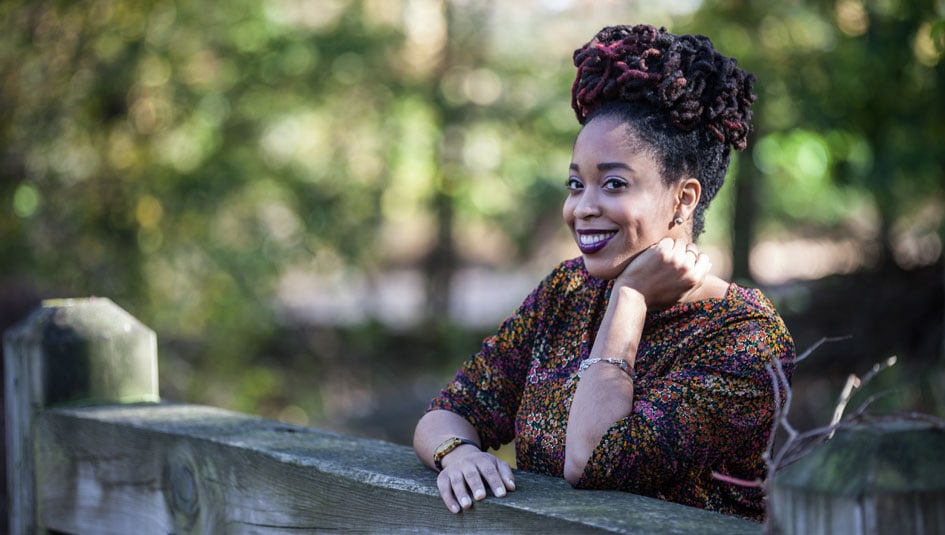No Longer On the Margins: Increasing Diversity One Story at a Time
The founder of Just a Little Suga' is working to increase diversity in the diabetes community.

At fifteen, Ariel Lawrence began to experience increased thirst, frequent urination, and weight loss, which she first interpreted as a sign of “getting fit.” It was only after a trip to visit her older sister at college that she thought there might be something wrong, based on how uncomfortable she felt during the entire trip. She sought medical attention and was diagnosed with Type 1 diabetes.
Most of her life, Ariel had seen diabetes through the lens of her grandmother, who lived with Type 2 diabetes. Her grandmother struggled with treatment and management of her disease for years. With her own diagnosis, Ariel was critical of her grandmother and did not fully understand the realities of her own diabetes. “At diagnosis, I was naïve. I thought I understood the disease and that as long as I followed directions I would be fine.”
But when her grandmother passed, her view of diabetes transformed. Her grandmother was on dialysis, but after her second amputation, she decided that she no longer wanted to live like that. Ariel recalls, “I saw my grandmother as a strong but defiant woman . . . With her I had to see someone with diabetes in the worst case scenario come to life, all my fears in front of me.” She experienced an emotional breakdown, and the fear of complications weighed on her. Her self-sufficient diabetes care was suddenly no longer enough.
When trying to navigate the complex emotions that arose in her grief, Ariel found the diabetes online community. She started reading personal blogs and joining social networks. While combing through the various resources available, Ariel says, “It was nice to see other folks with diabetes, but very rarely did they look like me.” The experience of women of color living with diabetes was missing.
This reflection prompted her to wonder, “How powerful could it have been if my grandmother had other people who looked like her talking about their story? Maybe she would have had more of a desire to take care of herself.” So, she wrote a blog post about her life with Type 1 diabetes. For nearly six months, she was too timid to act on it. She finally published that post, followed by numerous others. The response to her blog, Just a Little Suga’, both humbled and motivated her.
“I received messages from people of color, thanking me for sharing my story, and giving them a voice.” But it wasn’t just people living with the condition that expressed gratitude. Peers and family members reached out to say that they appreciated the context her blog gave—it enabled them to better understand what their loved ones with diabetes were going through. Diabetes organizations also responded to her calls for more diverse representation. They hadn’t realized that they had been leaving out an entire group of people with diabetes.
Ariel plans to continue calling for diversity, so that more organizations step up and work harder to access people of color. Her work and her current series “Diabetics on the Margins,” emphasizes people of color and underrepresented groups, though her focus was initially on women.
More than anything, Ariel hopes that her blog is evidence that people of color living with diabetes are not alone. She says, “I think I overshare, but I think it’s important to share your story.” She shares not only to inform others, but also to invite others to inform her. “You might find someone who has struggled and overcome what you are going though, and [that person] might have some tips on how to get through.”
She encourages others, ”Be okay with telling people you are struggling. Even if you don’t have it together, trust and have confidence that telling your story will help free yourself.”